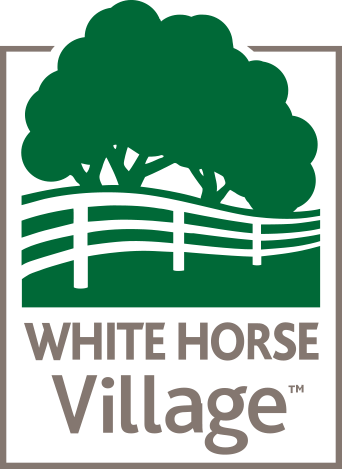- Home
- Visit Us
- Education
- Events And Programs
- Groups and Parties
Winter Masquerade 2024
Thank you for your support of CPP's Winter Masquerade!
Visit us at the farm this year from March 30 through December 1.
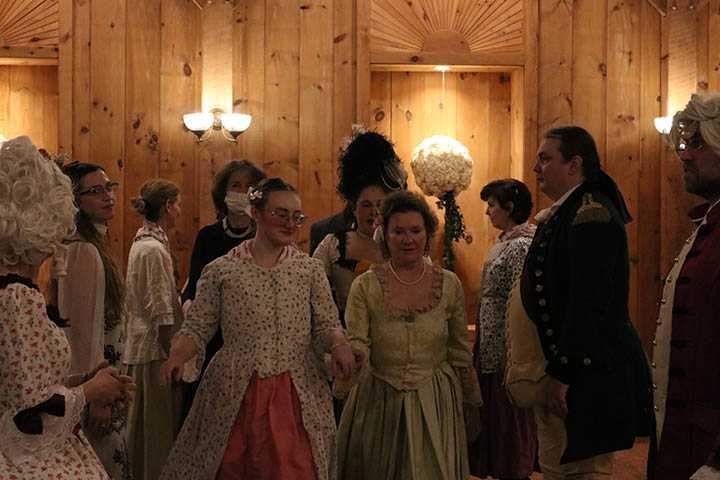

Proceeds from the Winter Masquerade are used to support our historic farm operations, care of our heritage breed animals, and our many education programs, including field trips, outreaches, summer camp, and skills workshops.
Follow us on social media.
Thank you to our Sponsors!
The support of local businesses and corporate partners is critical to making the Winter Masquerade a financial success! Please consider supporting the farm and our mission to experience how colonial farm families lived and worked during a critical period in American history through the preservation, education, interpretation, and active participation in critically endangered historic skills that made 18th century life possible.
Together, with your support, we can continue to bring the 18th century to life for visitors.
We are offering a variety of opportunities, including event sponsorships, program booklet ads, and silent auction donations. Choose one or multiple sponsorship opportunities that fit in your budget! Questions? Contact Board President, Chuck Barr at [email protected].
Advertisers
Auction Donors
- Mostardi's
- Casey's Public House
- Pietro's Prime
- A Taste of Olive
- Earth and State
- Thistle Be Perfect
- 320 Market Cafe
- Chester County History Center
- The Ladies of History-Alisa Dupuy
- Adventure Aquarium
- Hagley Museum and Library
- Independence Seaport Museum
- Keystone Woodturners
- Longwood Gardens
- Morris Arboretum
- Paris Medspa and Boutique
- Philadelphia Society for the Preservation of Landmarks
- Philadelphia Orchestra
- Philadelphia Museum of Art
- Vox Amadeus Ensembles
- La Belle Epoque
- La Baguette Magique
- Bruce E Mowday
- Cindy Faulkner
- Betsy and Chuck Barr
- Peggy Greene
- Anne and Tom Mcnally
- Leslie Roes
- Laura Stokley
- Denise Wilz
Food and Beverage Donors
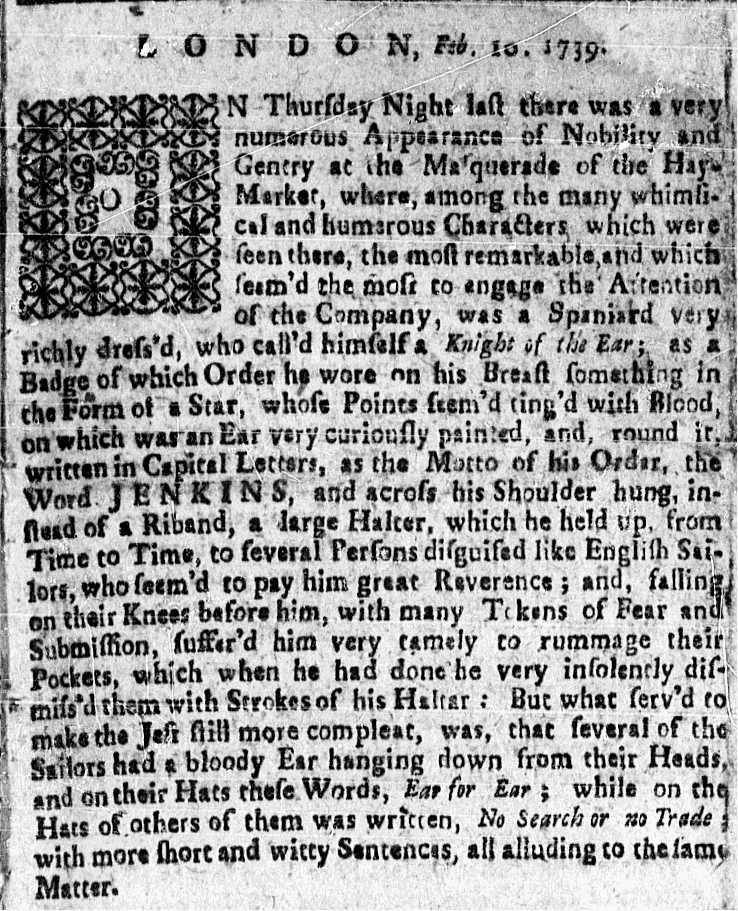
What is a Masquerade?
The desire to temporarily shed one’s identity and have a thumping good time seems to be universal across human cultures. In the eighteenth century, celebrations known as Masquerades became popular in Europe. Masquerades – which were also known as masked balls or mock-carnivals – had their origins in the unique celebration of Carnival, the period of time before the Christian season of Lent, in Venice beginning in the fifteenth century. In Venice particularly, Carnival-goers began to don elaborate masks as part of their celebrations. At their height, around 800 people attended masquerades every week and paying members of the public could attend masquerades at venues like the Haymarket Theater, Vauxhall Gardens, Ranelagh Gardens, or the Pantheon. By the eighteenth century, masquerades became a popular form of entertainment for many in England, who never wanted to miss an opportunity to mock continental Europeans.
A Flair for the Dramatic
At masquerades, attendees donned masks to disguise their identity, and often dressed in elaborate costumes. At private events, attendees might be tasked with discovering the identity of their fellow party-goers, but at larger events, attendees simply reveled in the chance to shed their identity, and assume that of another. The rich might dress up (or down) as chimney sweeps or sailors, while middle class bankers and merchants could show up as nobles or clergy. Just like the halloween costumes that we wear today, people attending eighteenth century masquerades tried to think of humorous outfits to wear that poked fun at aspects of British society. They might also write witty songs or poems to accompany their outfits that they would perform in front of the crowd.
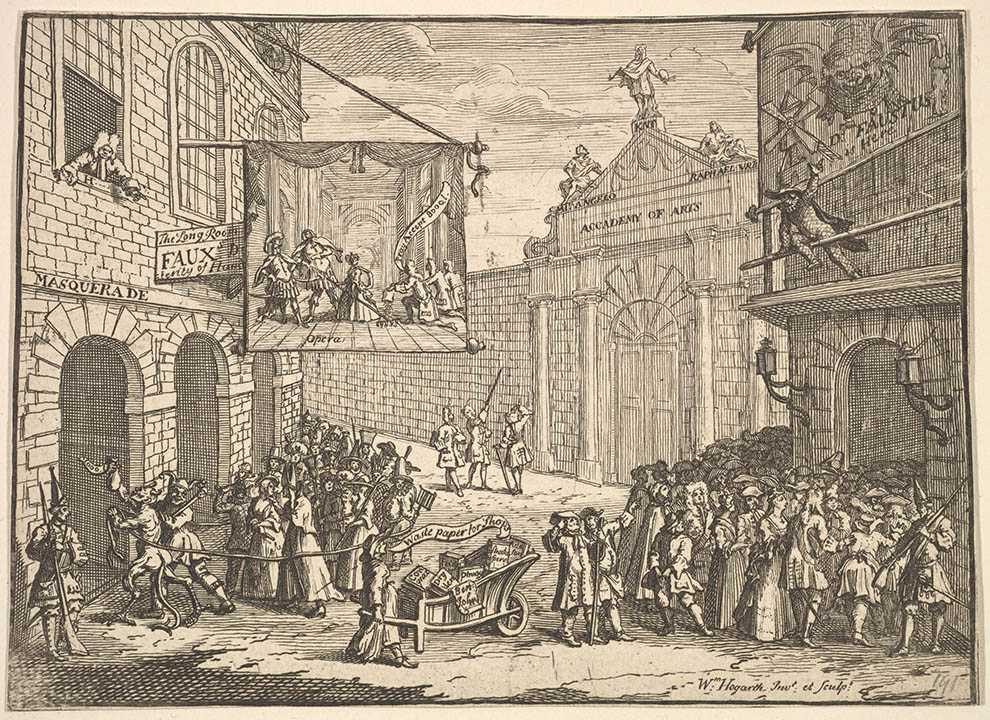
Stick in the Colonial Mud
Just like today, there were people back then who didn’t like fun and opposed masquerades. They believed that the mixing of social classes was symbolic of societal decay. Indeed, some colonists – especially in New England – made a point of celebrating that Colonial Americans did not hold masquerades. What fun they must have been at parties. While Colonial Americans did not throw elaborate parties like their friends and foes across the pond, they were deeply interested in British masquerades. Well-to-do colonials had their portraits painted in masquerade costumes. In Philadelphia, a production of Romeo and Juliet featured a masquerade dance. Visitors to colonial cities could purchase porcelain figures in masquerade attire to decorate their dining tables or parlors.
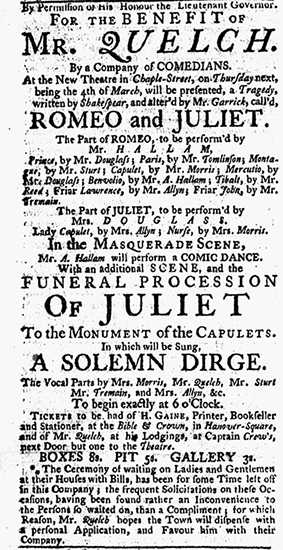
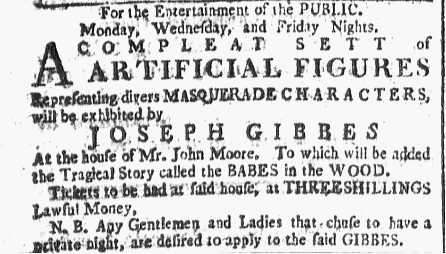
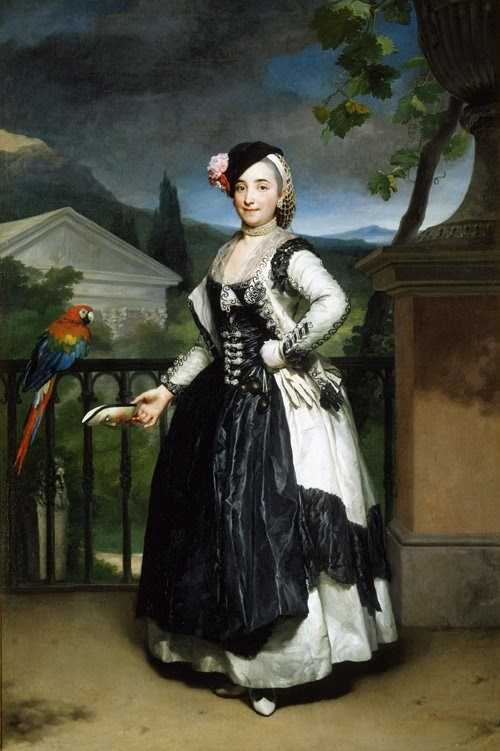
Newsworthy
Americans could read accounts of masquerades published in newspapers and read about the different costumes of the famous attendees. In 1763, the Boston News-Letter reported that “a lady of quality was dressed at the Duke of Richmond’s ma’querade, in such a manner, that which ever way she turned or moved, she represented a house at the corner of a street.”1 The exact meaning of this is open to interpretation. Later, in 1769, the Philadelphia Gazette informed readers of the costume of one Mrs. Ross “in the character of Night, displayed much fancy in the choice of her dress; it was a thin black silk, studded with stars, and fastened to the head by a moon, very happily executed.”2 By reading these, colonists in America could feel that they were part of the larger British Atlantic world.3
1Boston News-Letter, September 1, 1763.
2Pennsylvania Gazette, February 16, 1769.
3Jennifer Van Horn, “The Mask of Civility: Portraits of Colonial Women and the Transatlantic Masquerade,” American Art, vol. 23.




